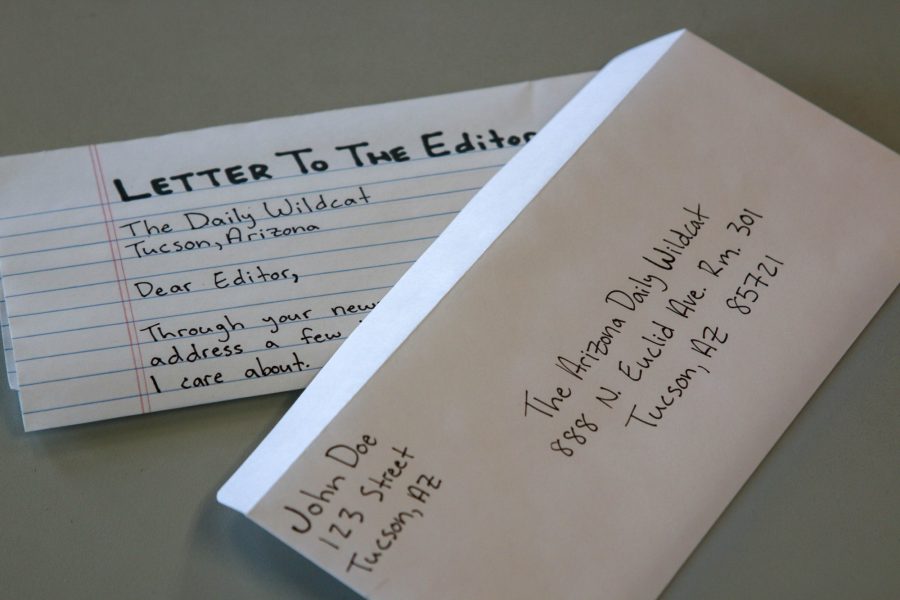Fake news is old news. The buzzword, ushered into the collective lingo last year by then candidate Donald Trump, refers to news affiliates which he regarded as unreliable or slanderous. Sources often targeted by the president include CNN, MSNBC and The New York Times, among other organizations. Regardless, this discussion does not specifically concern the president, his associates or his policies. Rather, it’s focused on the problem of how the public consumes and redistributes information, which lies on a discrete plane of social behavior.
Political or cultural “flippancy,” as I will denote this phenomenon, is a trend which has been taking shape for some time and is, at least nominally, unhealthy for our comprehensive understanding of good and bad information. Cultural flippancy, distinct from other unofficial terms including “fake news,” is the distillation of an issue of meaning and complexity to a simple, digestible and unashamedly inaccurate piece of information.
Many may be familiar with examples of right-wing cultural flippancy via tertiary “news” outlets like Alex Jones’s “Info Wars,” Tomi Lahren’s, “Tomi” on TheBlaze network, in addition to the score of political commentators like Ann Coulter.
RELATED: Opinion: Hail to the chief
There are variety of off-brand opinion catalysts on the left including blogs, YouTube videos and increasingly sites like BuzzFeed – at times respectable reporters – often commit emotional, ridiculous and base discussions. These articles and videos, typically regarding socioeconomic issues like income inequality or even political non-issues like manspreading, present their subject matters in a way that inflames and misguides audiences as is consistent with severely biased news.
The discrete problem with these sources is not only that they are clearly set in favor of a social end, it’s that they are dismissive in their delivery. That is, they don’t approach an issue – take transgender rights, national debt, war, abortion – in an objective, thorough and grounded manner. Instead, talking heads such as Tomi Lahren and Bill Maher have a prescribed notion of what “ought to be done” concerning a contested issue.

The individuals who distribute this information, whether they are public or private figures, are unwilling or even incapable of forming reasonably moderate proposed solutions to controversies, hence the phrase “cultural flippancy.” Moreover, flippancy is the casual disregard for accepted standards of behavior. The standard for academic discussion is that parties accumulate and exchange credible research; good journalistic endeavors are no different.
The tendency to distort and thereby destroy the integrity of a subject matter may be intentional or unintentional and is not limited to political, social or economic issues. There are three common attributes of culturally flippant claims, one being an oversimplification or crucial misreading of an issue either observed or read in the news. Another symptom of these false claims is an extreme or “revolutionary” temperament when addressing topical party political debates. A third and most recognizable attribute is the manner of distribution employed by the producer. Specifically, flippant misinformation has traditionally been disseminated on a neighbor-to-neighbor basis.
RELATED: Opinion: A plea for roads
Statements in line with ridiculous notions including conspiracy theories and false information passing as common sense, often perpetuated by alt-conservative, alt-liberal opinion factories were once relegated to backyard conversations. While it will surprise few people that the internet expedites the passage of rotten information, a new complex has shown itself in the form of tabloid seduction. That is, the accessibility of bad news has become so present on social media platforms, users begin to believe the information they are being fed via media shared and displayed in rash, underdeveloped posts by private individuals void of academic discretion.
Misinformation has always existed. The great underestimation at the outbreak of the World War I was that the conflict would draw to a speedy conclusion by Christmas 1914. As we soon discovered, this was not to be. Leaping to romantic or apocalyptic assumptions about the future is not a recent human tendency. Nevertheless, it’s disappointing that our collective fallacy detection process has become so imprecise as to allow ourselves to buy into this pseudo-academic rot. The reality is that most of our policy makers are experienced, vetted and critical thinkers who likely understand good and bad news. The issue remains, if we, the voters and free-thinkers stop thinking and begin exclusively regurgitating, what is to stop us from being taken advantage of?
Follow Eric Roshak on Twitter









